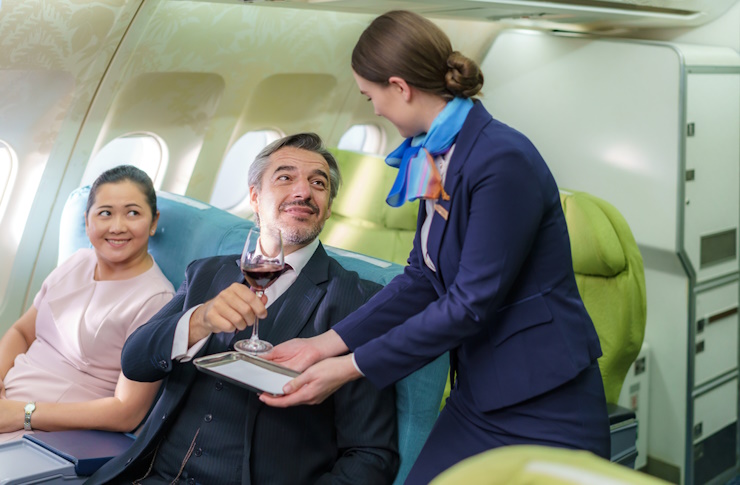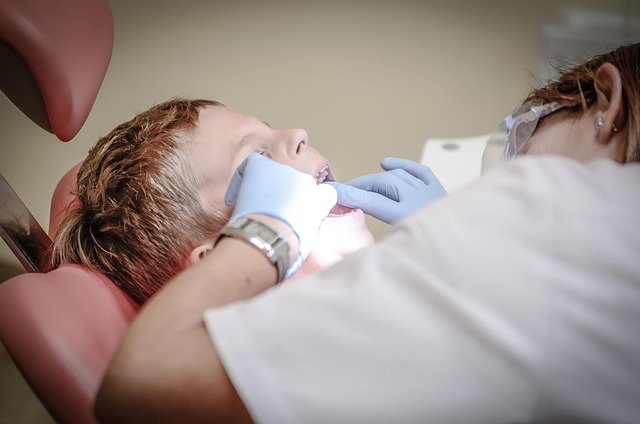Master Essential Skills With Comprehensive Flight Attendant Training Courses
Elevate your career in the skies with our comprehensive flight attendant training courses, designed to equip you with essential skills for success. From safety procedures and in-flight service to customer care and emergency response, our program ensures you gain the knowledge and confidence needed to thrive in a fast-paced aviation environment. Whether you’re starting your journey or looking to enhance your expertise, this training lays the foundation for a rewarding career above the clouds.

Overview of Flight Attendant Training Courses
Flight attendant training courses typically span 4-8 weeks of intensive instruction, depending on the airline or training institution. These programs cover essential safety procedures, emergency protocols, aircraft familiarization, and customer service fundamentals. Most courses begin with classroom-based learning focused on aviation regulations, airline policies, and theoretical knowledge before progressing to hands-on components.
Standard curriculum elements include first aid and CPR certification, emergency evacuation procedures, security threat management, and service delivery standards. Many programs also incorporate communication skills training, cultural sensitivity awareness, and conflict resolution techniques to prepare candidates for diverse passenger interactions. Students learn about various aircraft types, cabin configurations, and equipment operation specific to different airline fleets.
Hands-On Training for Real-World Scenarios
Practical training components represent a critical element of flight attendant education, simulating actual in-flight situations candidates will face during their careers. Most training facilities feature mock aircraft cabins with functioning doors, jump seats, oxygen masks, and life vests that replicate the working environment. These realistic settings allow trainees to practice service routines, safety demonstrations, and emergency responses in conditions similar to those they’ll encounter professionally.
Emergency scenario training forms the cornerstone of hands-on preparation. Trainees practice evacuation procedures, firefighting techniques, decompression responses, and water landing protocols. Many programs include swimming qualifications and practice with life rafts to prepare for potential water emergencies. Simulated turbulence, medical emergencies, unruly passengers, and security threats help build confidence in managing stressful situations while maintaining professional composure.
Service training includes meal and beverage service techniques, handling special dietary requirements, and managing passenger comfort needs. Trainees practice these skills through role-playing exercises that reflect typical flight scenarios, from routine service to challenging passenger interactions. This preparation ensures graduates can seamlessly transition from training to their first working flights.
Career Opportunities and Professional Growth
The flight attendant profession offers diverse career advancement opportunities beyond entry-level positions. With experience, flight attendants can progress to senior roles such as purser or chief flight attendant, taking on supervisory responsibilities for cabin crews on larger aircraft. Some flight attendants transition into specialized training roles, becoming instructors who prepare the next generation of aviation professionals.
Beyond traditional flight service positions, experienced flight attendants can leverage their skills in related fields such as corporate aviation, private jets, airline management, or recruitment. The transferable skills gained—including crisis management, customer service excellence, and multicultural communication—prove valuable across various industries. Some flight attendants pursue international opportunities, working with airlines in different countries to gain global experience and explore diverse markets.
Professional development continues throughout a flight attendant’s career. Many airlines offer additional certifications for specific aircraft types, international routes, or specialized services. Continuing education in areas such as advanced first aid, language acquisition, leadership training, and hospitality management can enhance career prospects and earning potential.
Aviation Training Program Requirements
Entry requirements for flight attendant training vary somewhat between airlines and independent programs, though certain standards remain consistent. Most programs require candidates to be at least 18-21 years old with a high school diploma or equivalent education. Physical requirements typically include minimum and maximum height restrictions based on aircraft specifications, vision standards (correctable to 20/20), and the ability to pass medical evaluations.
Many airlines require candidates to demonstrate swimming proficiency and the physical capability to perform emergency procedures. Background checks and drug screenings are standard prerequisites, as are valid passports for international carriers. While not always mandatory, customer service experience, multilingual abilities, and higher education credentials can significantly enhance acceptance chances in competitive programs.
Independent aviation academies often have more flexible entry requirements compared to airline-specific training programs, making them accessible to a broader range of candidates. However, completion of independent programs doesn’t guarantee employment, whereas airline-sponsored training typically leads directly to job placement.
Training Costs and Program Comparison
Flight attendant training costs vary significantly based on whether candidates pursue independent certification or airline-sponsored programs. Understanding these financial considerations helps prospective flight attendants plan their career entry strategy effectively.
| Training Provider Type | Average Cost | Duration | Employment Guarantee | Key Features |
|---|---|---|---|---|
| Airline-Sponsored Programs | $0-2,000 (often paid training) | 4-8 weeks | Yes (typically) | Brand-specific training, guaranteed position upon successful completion, paid training period |
| Independent Aviation Academies | $3,500-5,500 | 4-10 weeks | No | Broader training applicable to multiple airlines, networking opportunities, job placement assistance |
| Community College Programs | $1,500-3,000 | 3-6 months | No | Accredited certification, financial aid options, comprehensive education |
| Online Certification Courses | $500-1,500 | Self-paced | No | Flexible scheduling, lower cost, supplemental to in-person training |
Prices, rates, or cost estimates mentioned in this article are based on the latest available information but may change over time. Independent research is advised before making financial decisions.
Additional costs to consider include uniform expenses, housing during training (if located away from home), and potential income loss during the unpaid training period. Some programs require students to purchase their training materials separately, while others include these costs in tuition. Many airlines have shifted toward paid training models in recent years to attract qualified candidates in competitive hiring markets.
Selecting the Right Training Program
Choosing the appropriate flight attendant training requires evaluating personal circumstances, career goals, and available resources. Direct airline programs offer the most straightforward path to employment but typically have more stringent selection processes and less frequent enrollment periods. Independent academies provide flexibility and preparation for multiple airlines but require additional investment without employment guarantees.
Prospective trainees should research program accreditation, instructor qualifications, and graduate employment rates before enrollment. Visiting facilities when possible offers valuable insights into training quality and equipment standards. Speaking with program alumni and current flight attendants can provide realistic perspectives on different training paths and their effectiveness in preparing for the profession.
Many successful candidates combine approaches, completing preliminary certification through independent programs to enhance their qualifications before applying to specific airlines. This strategy demonstrates commitment to the profession while developing foundational knowledge that strengthens airline applications.
Flight attendant training represents an investment in a versatile, dynamic career path with global opportunities. By understanding the various programs available and their respective requirements, prospective aviation professionals can chart an efficient course toward achieving their career ambitions in the skies.




